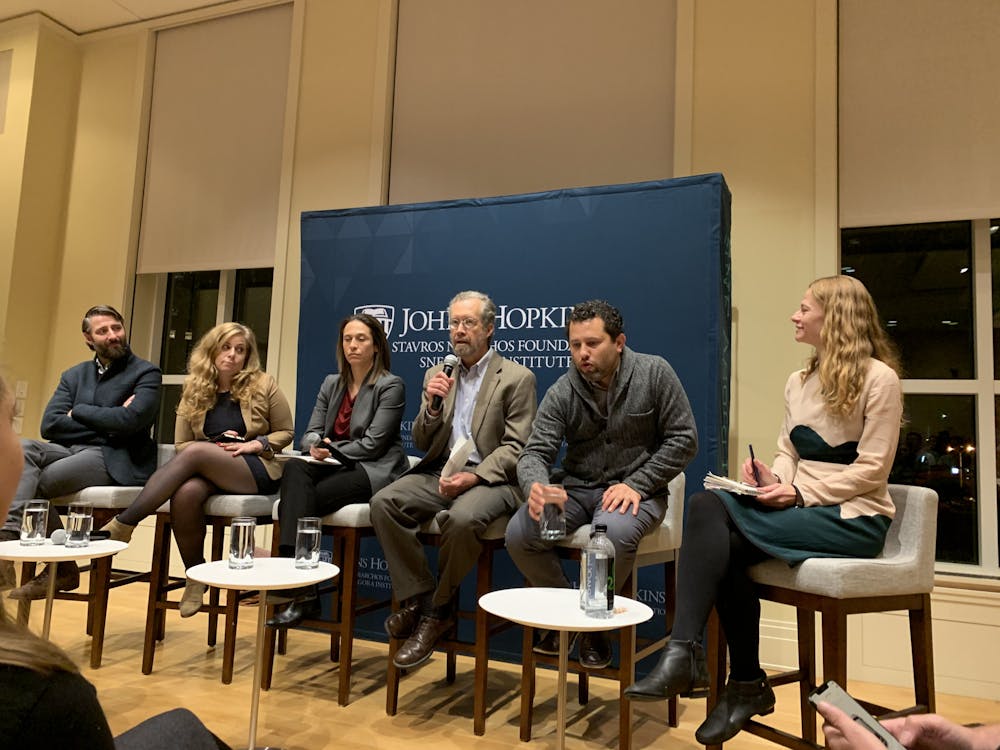The Stavros Niarchos Foundation (SNF) Agora Institute hosted, “SNF Agora Training: Facts or Fakes?” on Sept. 12. The training session was part of its online workshop on "Navigating the News in an Age of Disinformation.”
Keynote speaker Scott Shane presented recent case studies of false information to teach attendees how to distinguish real news versus fake news. Shane, a former New York Times journalist and visiting fellow, is currently a part-time lecturer at the SNF Agora Institute.
In an email to The News-Letter, SNF Agora Student Engagement Board member Nichi Pandey shared that he felt more informed after attending the event, but expressed concern about the ease with which fake news can spread.
“I thought that the event was fantastic. Professor Shane’s presentation was amazingly clear and insightful,” he wrote. “I did come away feeling more prepared to spot facts from fakes, but at the same time, fakes have become so well made that it’s definitely going to become more of a challenge to sift through the news.”
Shane explained how the media landscape has changed drastically due to the rise of social media and mass information. When news was concentrated in fewer channels, it was easier to minimize the spread of propaganda and misinformation.
Several images shared online by American political parties were presented as examples.
One was a doctored image of U.S. President Barack Obama shaking hands with Iranian President Hassan Rouhani. In reality, the photo was taken of Obama shaking hands with former Indian Prime Minister Manmohan Singh. Similarly, a photoshopped image of U.S. President Donald Trump golfing actually depicted the body of John Daly, a professional golfer.
According to Shane, the doctored images aim to confirm reader biases, leading many to instinctively believe the contents instead of confirming their validity. If a person did not support Obama, they would assume that the doctored photo of Obama was real without fact-checking. The same is true for the fake photo of Trump playing golf.
“We all look for evidence to support our preconceived notions,” Shane said. “Even stories from dubious sources that seem to scream ‘bogus’ can have quite an impact.”
He encouraged virtual attendees to rely on a few mainstream, well-edited and transparent sources to get basic news to combat disinformation in the current media landscape. Readers should also expose themselves to diverse sources of news and information to challenge their biases while utilizing fact-checking and verification tools before sharing stories on social media.
Catherine Pierre, the director of communications for the SNF Agora Institute, explained how the Institute chose to discuss disinformation in an email to The News-Letter.
“Understanding the ways in which disinformation has shaped and is shaping our public and political conversations, and learning how to recognize disinformation and misinformation, are crucial to our mission of improving and expanding civic engagement and informed, inclusive dialogue,” she wrote.
She also highlighted that many attendees praised the event and its speaker.
“People really like Scott’s experience and the real-world examples he uses in his presentation,” she wrote. “When Scott did this training in person in February, feedback was also very enthusiastic, and participants especially liked the hands-on portion.”





